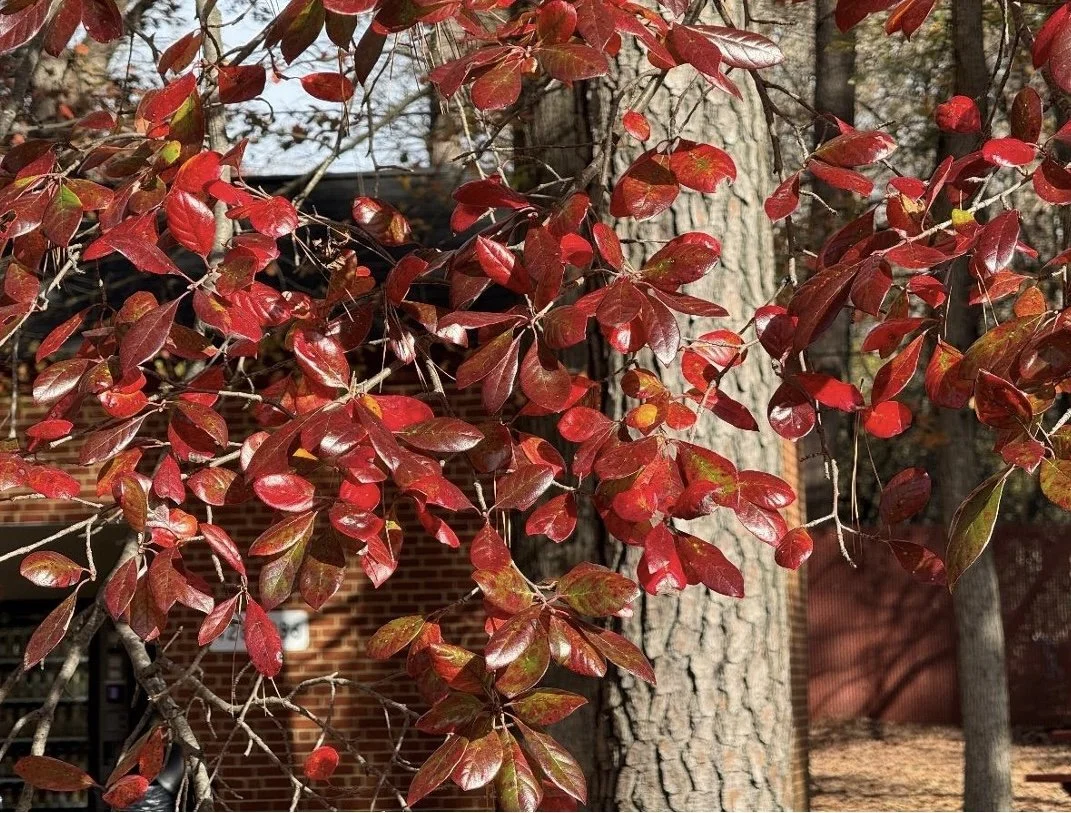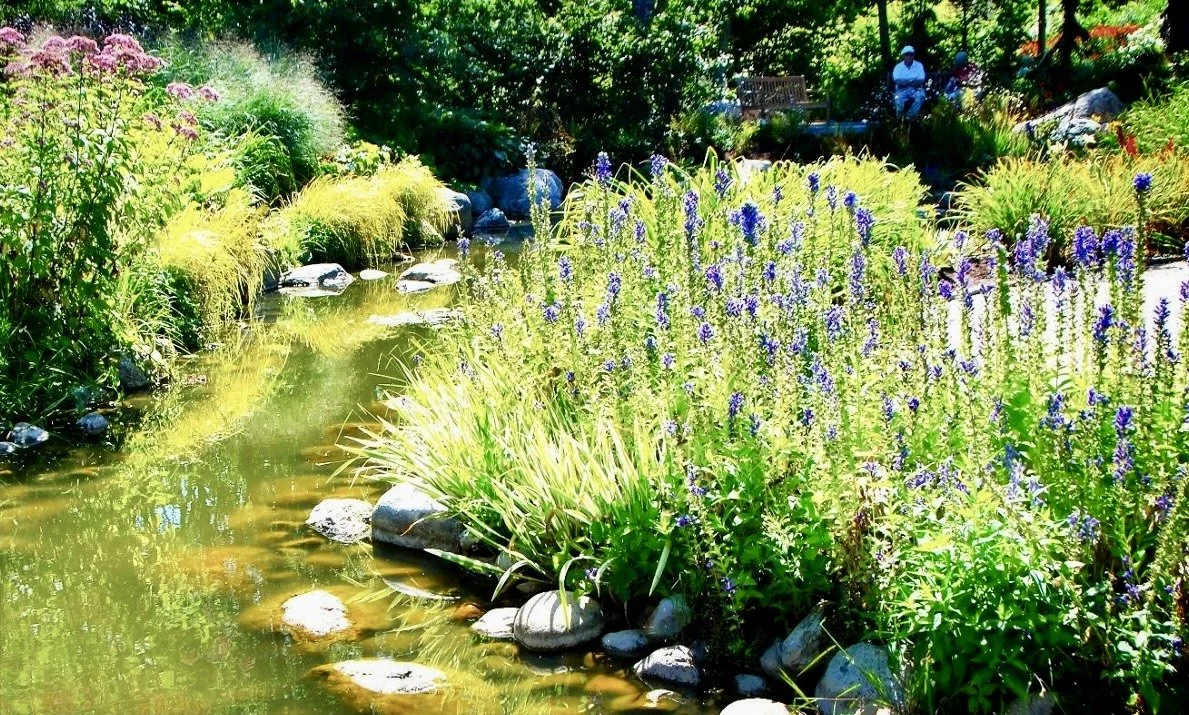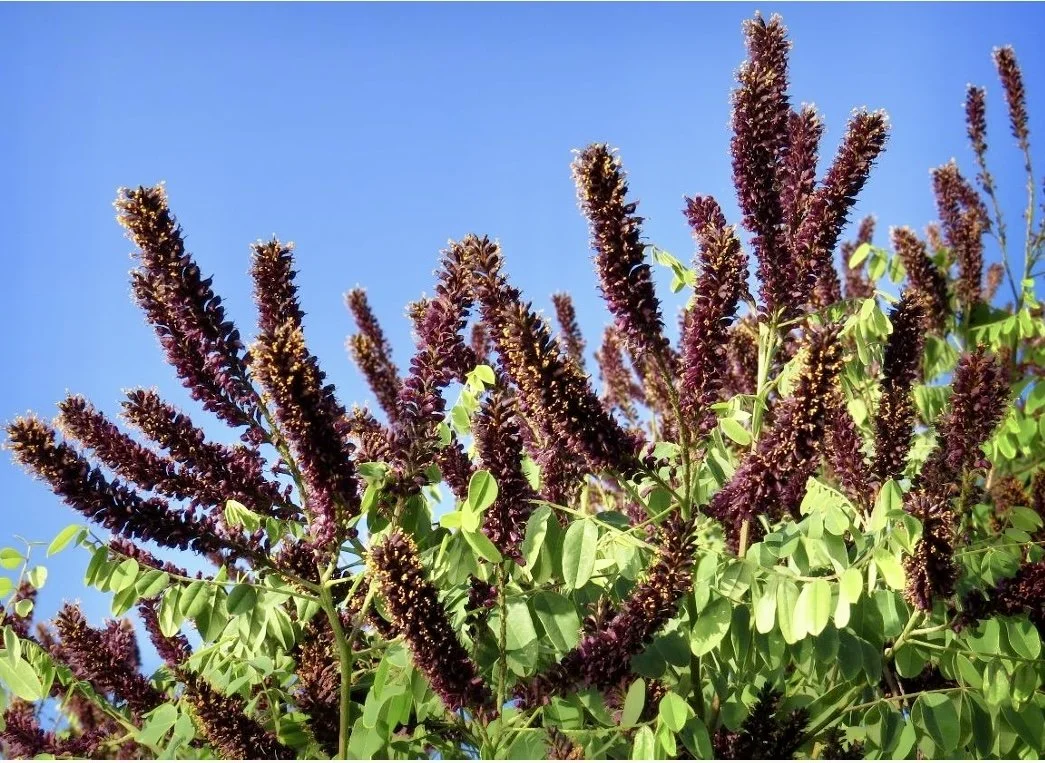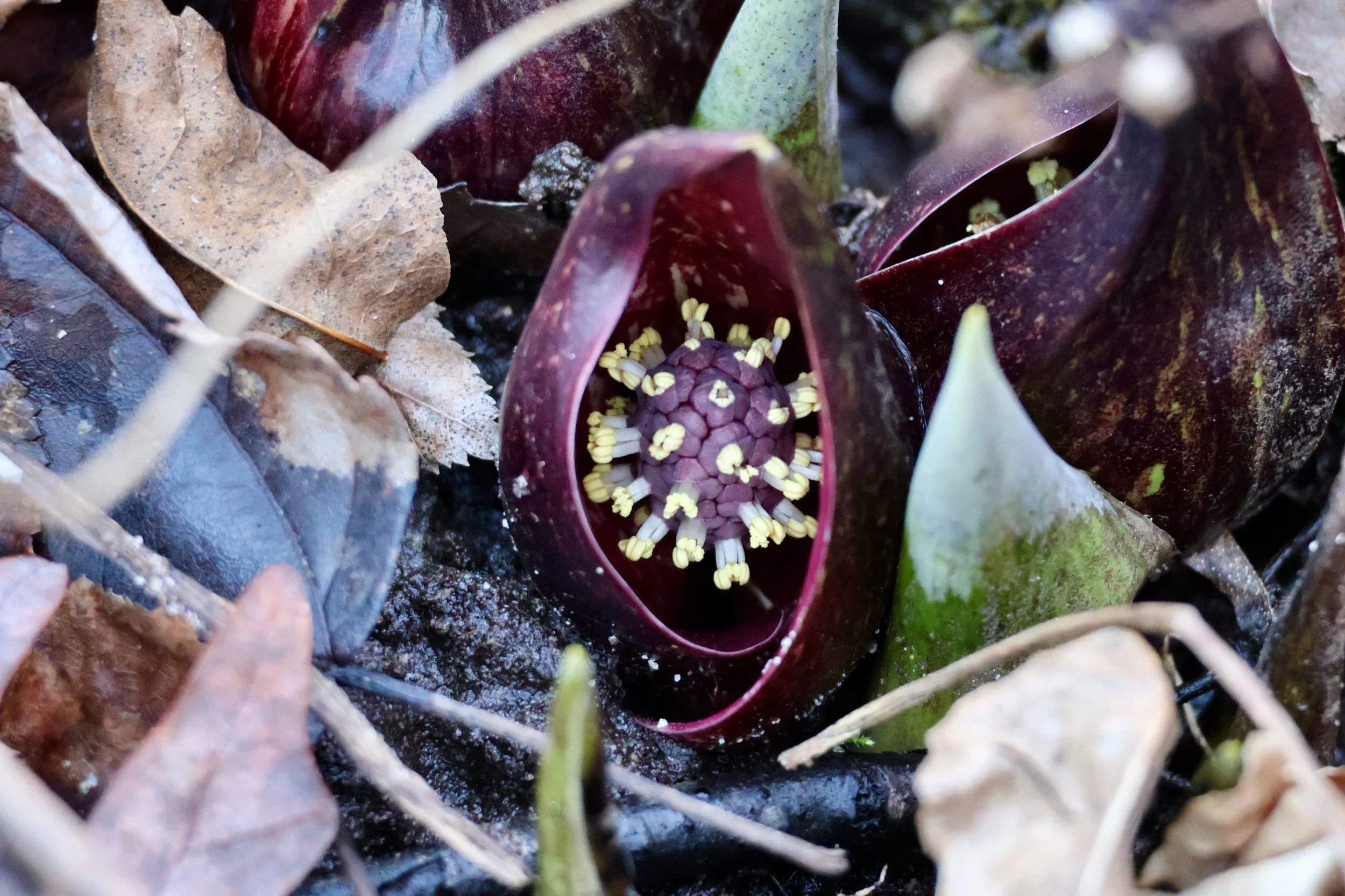One of the earliest and most reliable trees for fall color is our gorgeous Black Gum, Nyssa sylvatica. This native deciduous tree reliably ignites into fiery shades of scarlet and occasionally red, orange, even purple in the fall, often by late September. Not only does it color early but its spectacular color often lasts for up to a month or more, outlasting many other trees.
Read MoreA huge thank you to all our 40 or so volunteers and our many members and the public who came to shop and support our Annual Fall Plant Sale. This is our primary fundraiser to raise funds to support our many educational programs, field trips, free Guide to the Native Plants of Northern Neck and other brochures, our Demonstration Gardens, Scholarships and book donations for Libraries to name a few of our most popular programs.
Read MoreDear NN Native Plant Members,
Today is the day!!! Members only Pre-Sale is at 2:30 – 4:30 at Good Luck Cellars. We have an absolutely spectacular lineup of plants and all the volunteers works so hard to set up the Sale are drooling over 2000+ the gorgeous plants we have ready for your shopping pleasure.
Read MoreNo early sales
Plants will sell out fast. There may not even be many left on Sunday
This list will not be updated during the sale
Updated 9/3/2025
Please make a copy of this list and bring it to the sale to buy your dream plants
2025 Native Plant Sale List PDF
Read MoreIn late August and September, Purple Lovegrass casts a lovely purplish haze over the roadsides and low fields. This lowgrowing, warm season bunch grass lights up the early fall landscape with airy clouds of small reddish-purple flowers that seem to float above the dense tufts of low foliage that grows only 6 -12” high. The airy inflorescence has an intricate whorled branching structure with three delicate wiry stems rising from the main pedicel and holds the small flowers, then seeds, above the foliage reaching 12 – 20” high.
Read MoreGreat Blue Lobelia is a lovely late-blooming perennial in the Bellflower family that flaunts tall blue spires of flowers for weeks on end in the late summer-fall. Also called Blue Cardinal Flower or just Great Lobelia, this relative of the well-known red Cardinal Flower is native to most of eastern North America and is naturally found in moist to wet habitats such as floodplain forests, moist cove and slope forests, seeps, stream banks and bars, and wet meadows, often over limestone or calcium-rich soils.
Read MoreOne of my all-time favorite pollinator plants, Short-toothed Mountain-mint, has just recently been added to the flora of the Northern Neck and I am thrilled to include it as the July Plant of the Month. Several large populations of this incredible pollinator powerhouse were recently discovered near Fone’s Cliff in Westmoreland County and are now listed in the Virginia Digital Atlas for this county.
Read MoreThe showy white flowerheads of American Elderberry can reach up to 10% across American Elderberry is a common, deciduous shrub that lights up our landscape from mid-May through June with huge and profuse clusters of white flowers that literally form a lacy veil over the shrub.
Read MoreAs May comes into bloom, I always look forward to the flowers on my False Indigo-bush that graces my upper shoreline. I inherited this lovely deciduous shrub when I bought this property and count myself lucky to have this amazing shrub that is beautiful yet tolerates dry, sterile sandy soil and handles occasional flooding from high tides, wind, heat, you name it!
Read MoreThere are several native plant sales around the region and the state, and we want to spread the word. Our Northern Neck Chapter of VNPS annual plant sale will be held on Sept. 5, 6 and 7. Friday, Sept 5 is a member only sale. It will be held again this year at Good Luck Cellars in Kilmarnock. All funds support our mission to educate the public on the value of native plants and conserving them in nature.
Read MoreDid you know we have a wonderful native Wild Strawberry, also known as Scarlet or Virginia Strawberry? It is an adaptable low, herbaceous perennial that spreads by runners to form handsome, ground-covering semi-evergreen colonies.
Read MoreDue date extended to April 30, 2025
Please find the scholarship criteria for a graduating senior sponsored by for the Northern Neck Chapter of the Virginia Native Plant Society. Contact Ted Munn (contact info below) if you have any questions; email preferred.
The purpose of this scholarship is to recognize an outstanding student graduating from a High School, either public or private in the Northern Neck. The graduating senior must exhibit a desire to continue studies in a recognized College, University or Community College with a focus on the environment, conservation, botany or any discipline that is geared toward bettering our Commonwealth with an emphasis on flora of the Northern Neck.
Read MoreWith the arrival of spring this month, I always look forward to finding one of my favorite early wildflowers, Virginia Pennywort. This herbaceous perennial is a diminutive spring ephemeral that emerges as early as February in the Coastal Plain but is often hidden in the leaf litter and visible only to those with the sharpest eyes.
Read MoreThe NN VNPS Meeting on Feb. 20, 2025, was presented by Johnny Townsend, the Senior Botanist for Virginia’s Division of Natural Heritage. His program was on the Latest and Greatest Botanical Finds in Virginia. Fabulous program about many recently discovered strange and rare native (and a few non-native) plants in the Commonwealth.
Read MoreRed Maples, also called Swamp or Scarlet Maples, are known for their brilliant fall color. Now they may seem to be a surprising choice for the February Plant of the Month, but they are a true harbinger of spring, blooming in late winter often as early as February in Coastal Virginia.
Read MoreOne of my favorite plants during winter walks in the woods is the Common Running-cedar. This lovely but distinctive evergreen plant is common across Virginia in moist to dry acidic forests, especially in disturbed or successional forests with mixed pines, oaks or tulip poplars.
Read MoreIn celebration of our successful annual Hickory Hollow Skunk Cabbage walk on January 1, 2025, NNVNPS is reposting this Plant of the Month from December 2020.
Skunk Cabbage Flower with spadix, Jan 1, 2025. Photo by Kyle Langford
Read MoreOur Purpose: To encourage the conservation of Virginia’s native plants. To educate the public about native plants and to encourage their preservation and cultivation.
Read More











